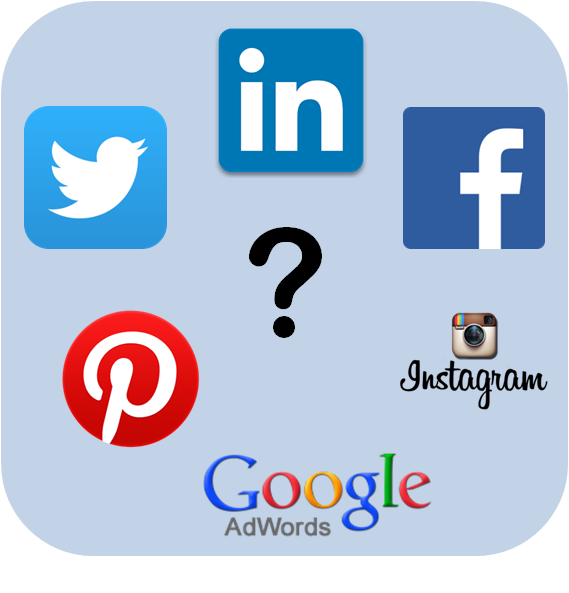Whenever we invest in any scheme, we always focus on the tax implementation on its gains. And if you do not calculate the potential tax you may have to pay on gains, we recommend you start doing it right away. Calculating tax on gains is essential for financial planning. What’s the point of investing in a scheme if the returns are going to be taxed way more than your expectations? The financial budget of 2020 may have made the tax payment simpler for tax payers, but investors still need to understand the tax treatment applicable for individual tax schemes.
If you are someone who is paying taxes regularly, you may have come across Equity Linked Saving Scheme (ELSS), a mutual fund scheme with a tax benefit. And if you invested in an ELSS scheme three years ago, the tax treatment on ELSS gains was different than what it is now. So if you want to find out whether you want to reinvest in ELSS post the three year lock-in, there are a few things that you need to understand before you reinvest.
But before that, let us understand ELSS in detail and find out more about this tax saving scheme.
What is Equity Linked Saving Scheme?
ELSS is an open ended mutual fund scheme that comes with a predetermined lock-in period of three years. This statutory lock-in indicates that an ELSS fund holder cannot redeem their fund units for at least three years. Having said that, the three year lock-in is probably the shortest among all tax saving instruments here in India.
Here’s an example to help you understand how ELSS can help you save tax:
Suppose you are earning a gross yearly salary of Rs. 13 lakhs. This makes you fall under the 30 per cent tax slab. As per Section 80C of the Indian Income Tax Act, 1961 investments up to Rs. 1,50,000 in ELSS are exempted from tax deductions. So by investing Rs. 1.5 lakhs in an ELSS tax saver fund, you bring down your annual taxable income to Rs. 11.5 lakhs and save yourself from paying extra taxes.
The three year lock-in is also helpful because the longer your hold on to your equity investments the more chance you have earning capital gains. That’s because investments made in direct / indirect equities tend to perform only when held for the long run. Hence, investors are usually expected to club their long term financial goals with ELSS investments.
Taxation on ELSS
Much to the disappointment of heavily invested ELSS fund owners, the then finance minister, the late MR. Arun Jaitley reintroduced the long term capital gain tax on ELSS investments. Because of this, a lot of people were left in doubt whether to reinvest in ELSS or withdraw once the lock-in period is over. Let us brief on how your current ELSS gains are eligible for tax deductions. If your annual ELSS gains exceed Rs. 1 lakh a flat 10 per cent of long term capital gain (LTCG) tax without indexation is applicable. So when you redeem your ELSS funds after the lock-in, if the gains exceed Rs. 1 lakh, you are eligible to pay LTCG tax. But, according to us, this is still feasible because you get the money in your hand in just three years. Other tax saving schemes that come under Section 80C like PPF or a Savings deposit require taxpayers to remain invested for 5 to 15 years.
Hence, paying a little LTGC tax isn’t harmful at all considering the lucrative returns ELSS funds have offered in the past.
This is the current tax treatment on ELSS gains and you should take this factor into consideration before reinvesting. If you find the newly imposed LTCG tax unreasonable, feel free to abstain from ELSS reinvestments and invest your money in a scheme that fits your investment goal.







